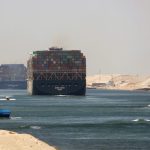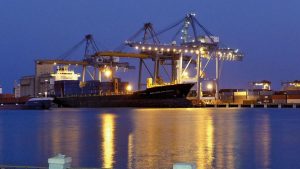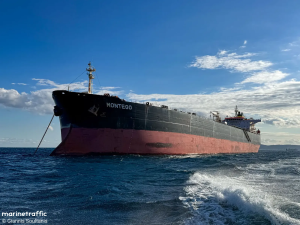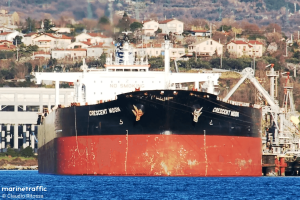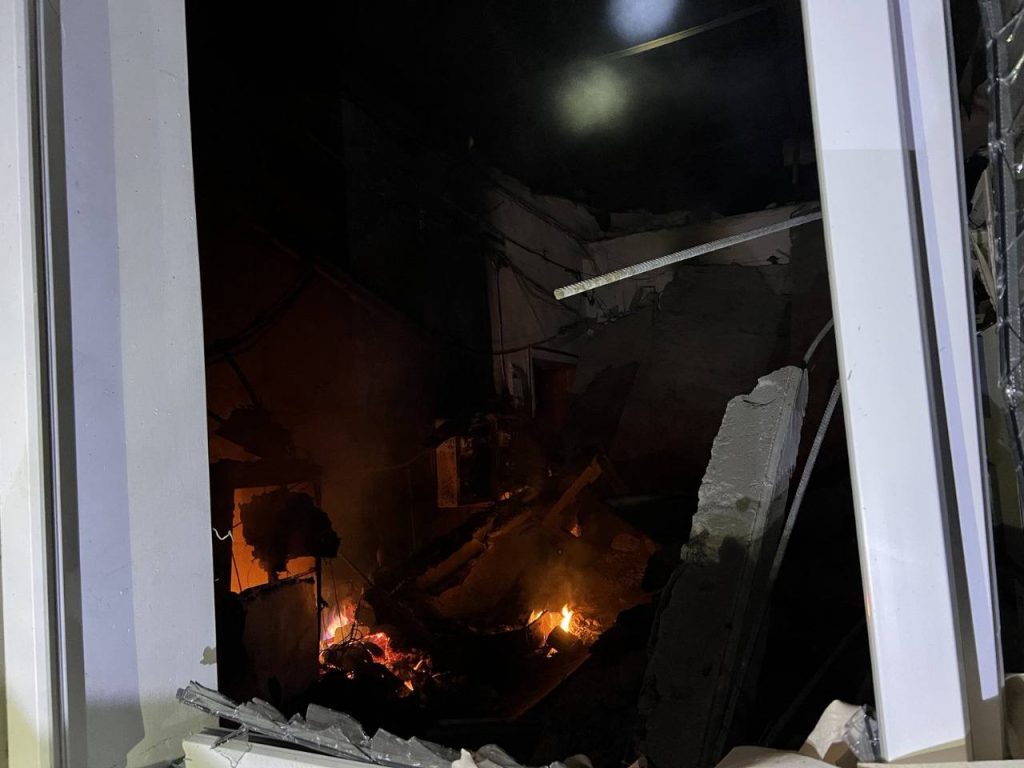Recovering from the crisis: on guarantees and forecasts for the restoration of the Suez Canal
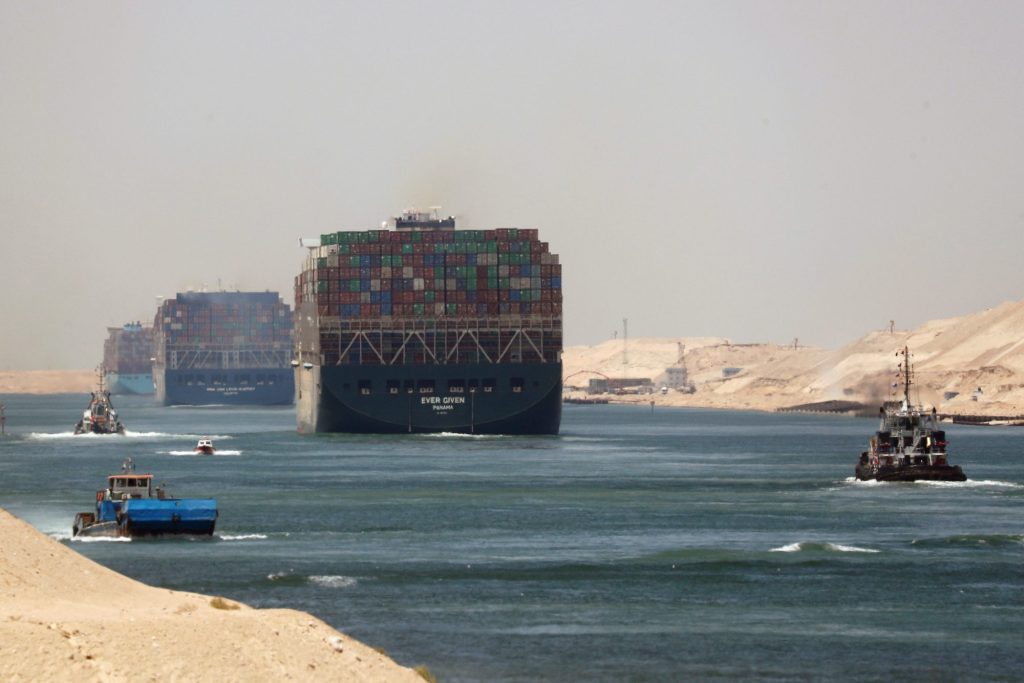
The Suez Canal is back in the spotlight as its administration makes its first statements about the long-awaited resumption of operations. How are shipowners reacting to the ceasefire and do they plan to return to the usual route in the Red Sea, what are the deadlines for a full return to transit and what will happen to freight rates?
USM reached out to the Ukrainian logistics company Global Ocean Link for comment on this situation and the prospects it opens up.
Briefly about the main points
The numerous attacks by Yemeni Houthis on merchant ships in the Red Sea, which began in November 2023, forced shipowners to “rebuild” logistically profitable routes to longer, but safer ones.

A year after the beginning of the crisis, in October 2024, it became known that 6.5 thousand ships changed their course through the Cape of Good Hope. And the Suez Canal administration characterized the situation in the region as an “exceptional crisis”.
In general, the transit of ships through the Suez Canal in 2024 decreased by 60%, respectively, it “cost” Egypt $ 7 billion.
At the same time, it is important to clarify that despite everything, the Suez Canal remains the most important and shortest route from Europe to Asia compared to alternative routes. In addition, according to the head of the Suez Canal Authority (SCA), Osama Rabi, these alternative routes are not provided with proper maritime services and related services (technical maintenance and repair of vessels, refueling, removal of solid waste, sea ambulance, rapid crew change).
After the ceasefire agreement between Israel and the Hamas group, the first stage of which came into force on January 19, there were initial expectations that transit through the canal would gradually resume, and shipowners would not have to choose a longer route for their vessels bypassing Africa – via the Cape of Good Hope.
Soon, the Yemeni Houthis also announced the cessation of shelling of vessels and ships in the Red Sea, but shipping companies still remain very cautious about returning to this region.
In addition, the agreement between Israel and Hamas still looks quite “shaky”. Thus, the Hamas group announced on February 10 that it intends to postpone the next release of Israeli hostages, scheduled for February 15, “until further notice” in response to what it claims is Israel’s violation of the current ceasefire agreement. Israeli Defense Minister Yisrael Katz has ordered the army to be put on the highest level of combat readiness.
First expectations and predictions
In late January 2025, the head of the Suez Canal Authority (SCA), Osama Rabi, announced that the Suez Canal was returning to full operation. This statement was made after a meeting with the Secretary-General of the International Maritime Organization, Arsenio Dominguez. The meeting emphasized the importance of resuming the canal’s operation after the increase in stability in the Red Sea and Bab el-Mandab Strait regions.
“This will not be an immediate return to the Suez Canal,” said Egyptian Foreign Trade Minister Hassan El-Khatib at the World Economic Forum in Davos, Switzerland.
Operations are expected to return to normal by the end of March, and full resumption of transit through the Suez Canal could occur by mid-2025.
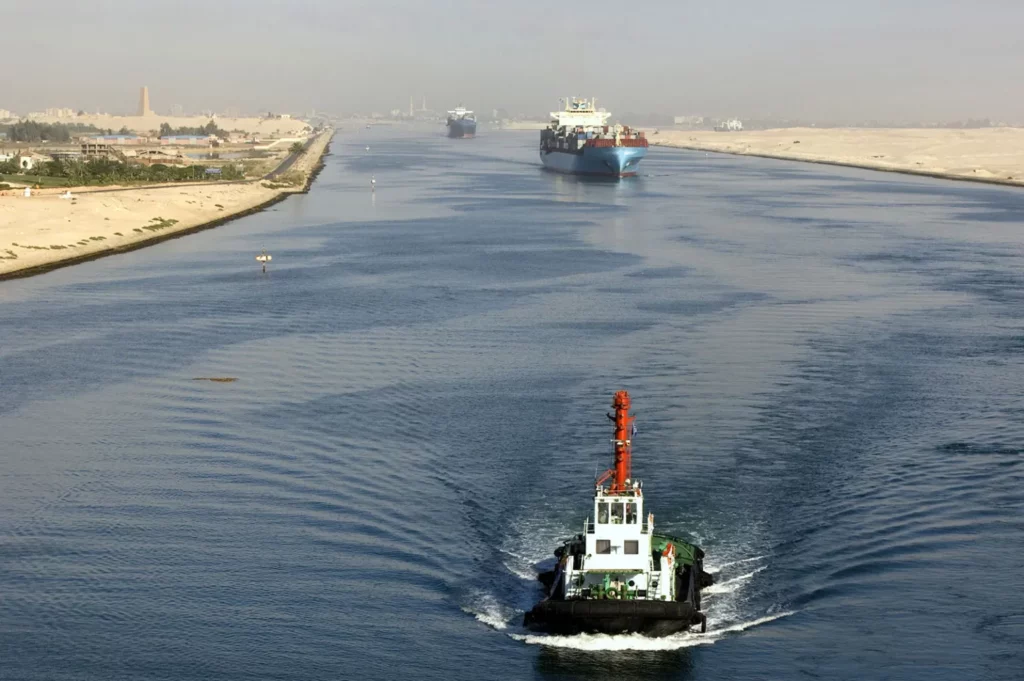
Global Ocean Link Commercial Director Volodymyr Guz noted that this news is very significant, but it primarily concerns the agreement itself. So, in order to analyze its real impact on the shipping sector in a practical sense, it is necessary to check which international organizations and governments are ready to become security guarantors.
“In addition to the issue of guarantees, it is important to understand which market participants are actually ready to use logistics and the Suez Canal in the current conditions. Here we analyze from the point of view of two types of shipping – tramp and linear,” emphasizes Volodymyr Guz.
As the expert explains, for example, tramp shipping, which goes from order to order, and for each such order forms a new route. If we talk from the point of view of restoration, then the vessels of the “koster” type, which are owned by Arab shipowners, were previously not averse to going along these logistics routes. At the same time, the large fleet refused to do so. We are talking about European carriers and vessels of the “handy” type.
“Accordingly, at this time, most likely, the restoration of logistics through the Suez Canal will affect the operation of middle-class vessels – that is, middle vessels, namely handy-size ones,” comments the GOL commercial director.
In his opinion, in particular, for a full-fledged analysis of this issue, it is necessary to look at it from a retrospective perspective and return to 2023, when the attacks of the Yemeni Houthis began in November.
“After these events, the format of linear shipping was disrupted for more than a year, and global lines were rebuilt. This is quite logical, because large carriers sought to protect themselves. Reconstruction in the opposite direction will not happen automatically. Moreover, the issue of security guarantees remains open, in connection with which, as of today, it makes sense to distinguish between the concepts of “agreement” and “guarantee”. The statements about the restoration of shipping that exist today are still more about agreements,” notes Volodymyr Guz.
Shipping companies’ reaction
Large shipping companies are cautious about loud statements about the resumption of traffic through the Suez Canal. After the economic forum in Davos, AP Moller-Maersk A/S indicated that it is too early to plan a return.
At the same time, the first SMA CGM vessel has already passed through the Suez Canal, which also became an illustrative example.

As the director of GOL explains, if we talk about such large lines as SMA CGM or Maersk, they are considering the process of fully restoring service in the mentioned region around the third quarter of this year.
“And the year has only just begun. So in the near future, large shipping through the Suez Canal has no reason to resume rapidly. This process will take place gradually, if the security situation facilitates it. It is under such conditions that by the beginning of 2026, shipping in this area may resume to the “pre-Hussite” level (before the start of the conflict),” Volodymyr Guz concludes.
The expert adds that regarding important expected trends, there are reasons to expect a global decrease in freight rates. This can be observed already today.
“The reason is the number of fleets put into operation and used in the market. If we talk in terms of time and number of fleets, then this is about two weeks more, so it turns out plus 2 steamers for unloading and loading, used to ensure each trade in the region. All this will come out of the market, and the cost of freight will decrease even more. These are our forecasts for logistics in the Suez Canal for the nearest period,” emphasizes GOL Director Volodymyr Guz.
The importance of the Suez Canal for Ukraine
It is worth adding that the crisis in the Suez Canal also affected Ukraine.
In January last year, six business associations of Ukraine appealed to the President of Ukraine Volodymyr Zelensky with a request to consider at a meeting of the National Security and Defense Council (NSDC) of Ukraine the difficulties that Ukrainian companies encountered during cargo transportation through the Suez Canal.
“Every year, more than 40% of domestic grain and food exports go through the Suez Canal to countries in Africa, the Middle East and Southeast Asia. Domestic prices for fuel and mineral fertilizers, which come in significant quantities from the countries of the Middle East, as well as Kazakhstan and Uzbekistan, will also increase,” the appeal said.
Currently, there are also positive trends in cooperation between Ukraine and Egypt. Thus, in early February of this year, Minister of Agrarian Policy and Food Vitaliy Koval, during a visit to Egypt, met with the head of the state administration of the Suez Canal Economic Zone (SCZone) Walid Hamalaldin.
At that time, the ministry announced that Ukraine was considering the Suez Canal Economic Zone to create a food hub in Egypt.
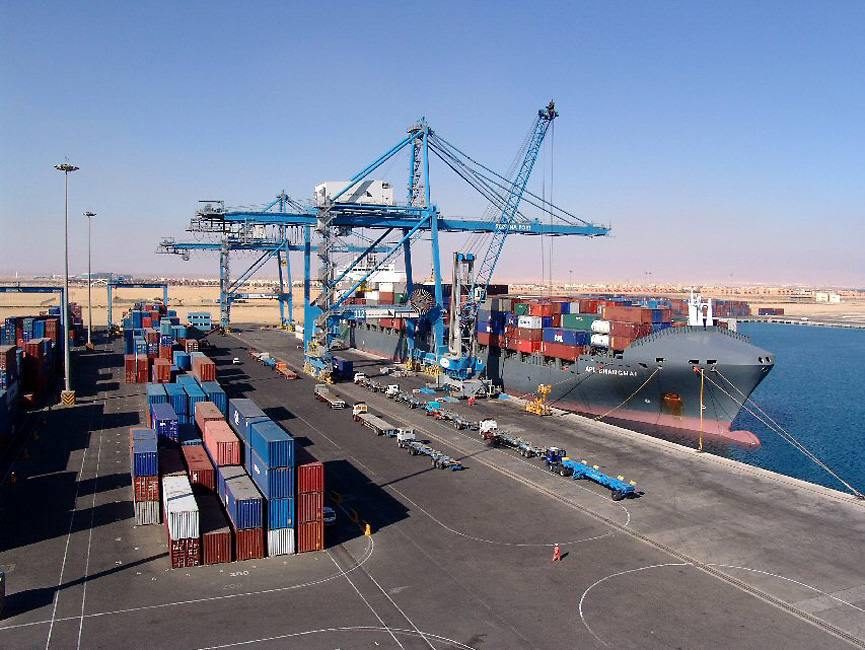
During the visit, the minister, together with the Ambassador of Ukraine to Egypt Mykola Nagorny, inspected the port infrastructure of the SCZone, which unites six ports, as well as locations where Ukrainian businesses can place their elevators, logistics centers, and warehouses.
According to Vitaliy Koval, the SCZone is a key economic zone in Egypt, which offers favorable conditions for investors and industrial development.
“Our task is for Ukrainian farmers not to simply export raw materials, but to use special economic zones for their processing. Ukrainian products should enter African markets with added value. This will provide an opportunity to enter the domestic market of Egypt and export finished products to countries with which Egypt has a free trade zone,” the minister emphasized. Of course, this is still at the planning stage, but it can already be said that the full restoration of the Suez Canal will have a positive impact on the economy and world trade.
